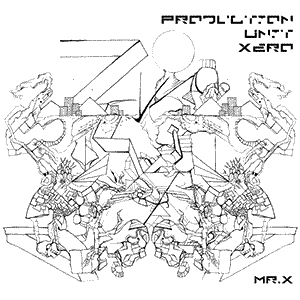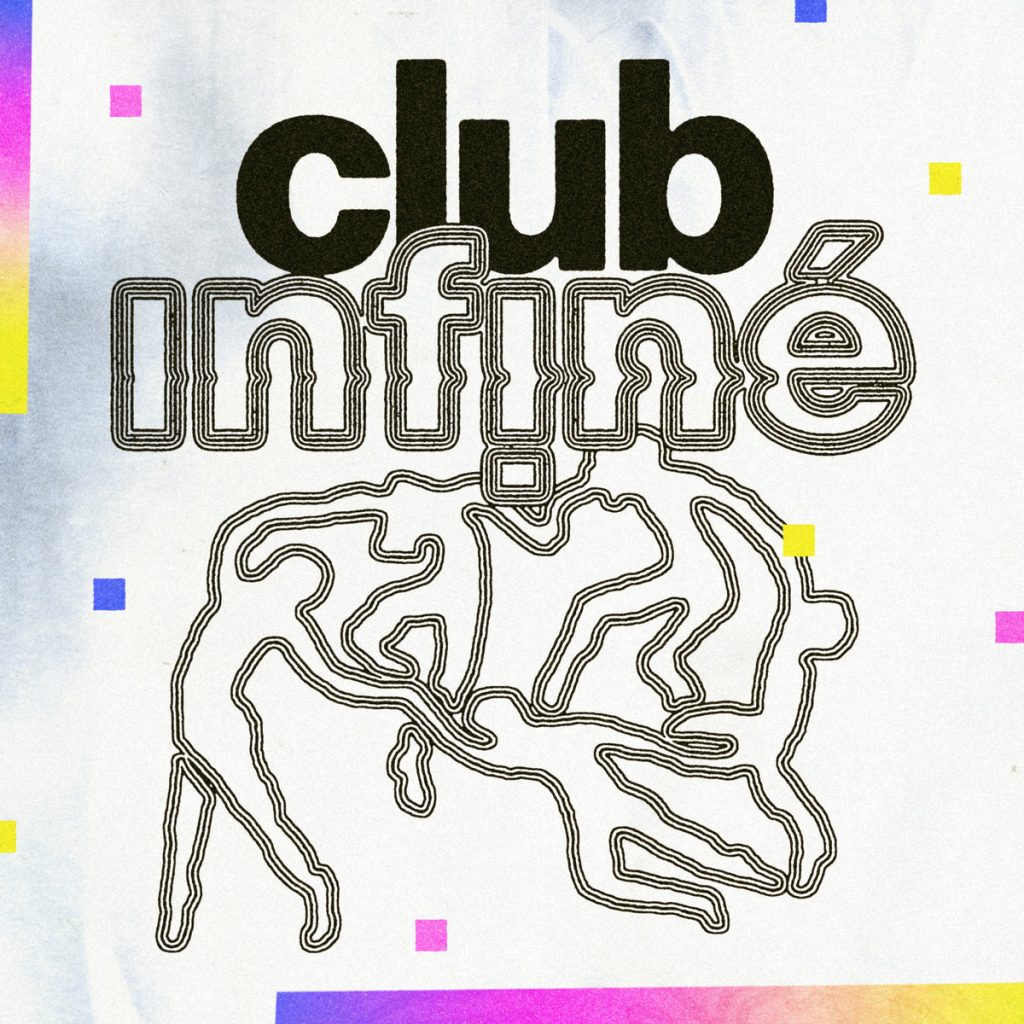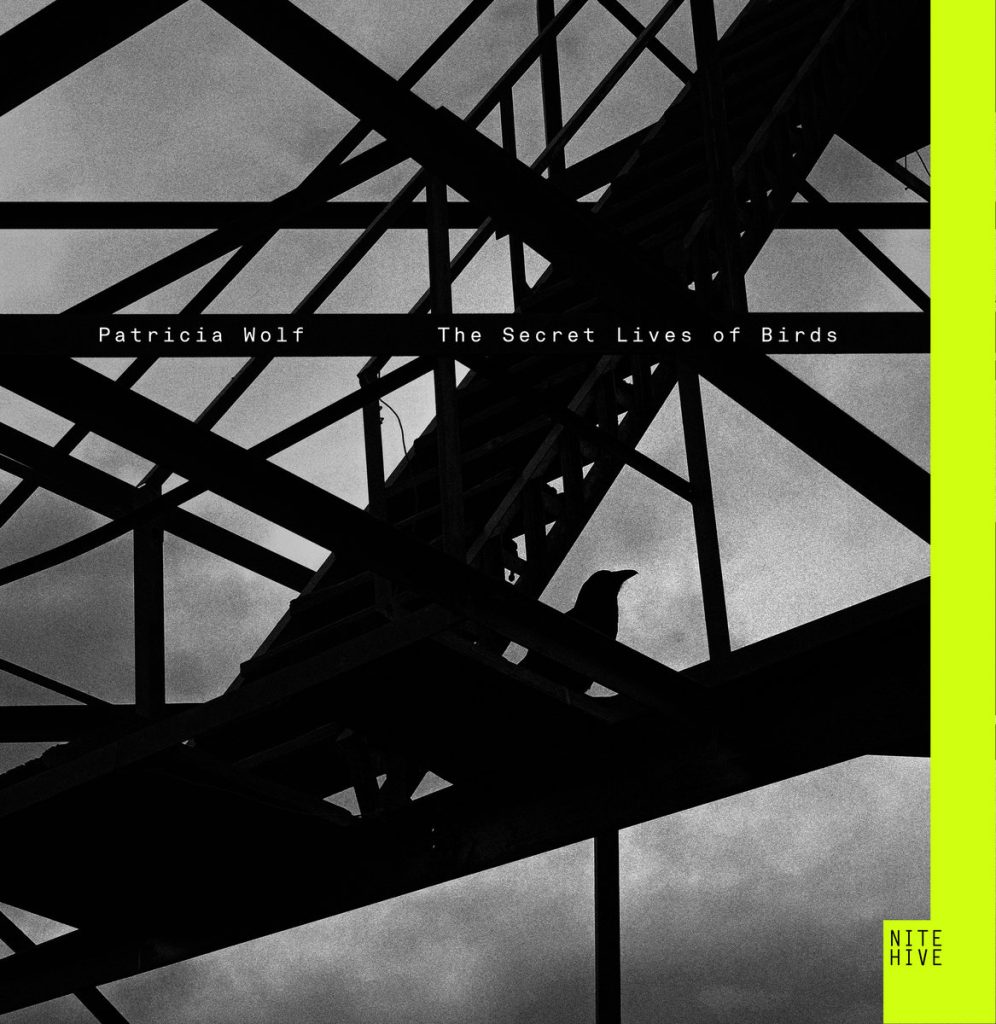Artist Spotlight: Drexciya

Drexciya
Drexciya was an influential American electronic music duo formed in Detroit, Michigan, in 1989. The members, James Stinson and Gerald Donald, managed to maintain their identities a secret throughout most of their active years, reinforcing an aura of mystery that surrounded their art.
The name Drexciya has a fascinating backstory. It refers to a myth of a submerged city inhabited by the water-breathing descendants of pregnant African women thrown overboard during transatlantic slave voyages. This powerful narrative of an underwater society informs their music’s thematic and conceptual underpinnings.
Stinson and Donald drew from Detroit’s rich techno scene that included pioneers like Derrick May, Juan Atkins, and Kevin Saunderson. They were also influenced by the German electronic outfit Kraftwerk and the electro sound of the 1980s that included artists like Afrika Bambaataa and Cybotron.
Their first release, “Deep Sea Dweller,” was put out in 1992 on the Underground Resistance label, run by techno artists “Mad” Mike Banks and Jeff Mills. The EP showcased their unique approach to techno, combining pulsating rhythms with atmospheric, aquatic-themed sounds, offering the first glimpse into their imaginative underwater world.
In 1994, Drexciya released “Aquatic Invasion,” their second EP, which further developed their signature electro-techno hybrid sound and expanded on their deep-sea narrative. This release began to cement their reputation as truly innovative figures within the techno genre.
Drexciya’s output during the 90s, including the EPs “Bubble Metropolis,” “The Unknown Aquazone,” and “The Journey Home,” is regarded as some of their best work. These releases further explore the mythos of the underwater Drexciyan race and feature some of their most dancefloor-oriented tracks.
Their first full-length album, “Neptune’s Lair,” was released in 1999. This album sees the duo delving deeper into the Drexciya mythology while pushing their sonic palette even further. The album is hailed for its complex and compelling blend of techno, electro, and ambient sounds.
“Hydro Doorways,” “The Return of Drexciya,” and “Harnessed the Storm,” are subsequent releases that feature more reflective, atmospheric compositions alongside their harder, club-ready tracks. Their final two albums, “Grava 4” and the posthumously released “Lifestyles of the Laptop Café” (under the name The Other People Place), exhibit a marked shift towards a more melodic, less abrasive sound.
In 2002, the duo’s journey took a tragic turn when James Stinson suddenly passed away from heart complications. This unexpected event marked the end of Drexciya, leaving a significant void in the electronic music scene.
Drexciya left an indelible mark on the landscape of electronic music. Their unique blend of techno and electro, coupled with their rich and expansive aquatic narrative, made them stand out in the genre. They showed that electronic music could be more than just dancefloor-ready beats; it could also serve as a medium to tell complex, imaginative stories.
Their influence can be heard in a wide range of artists who have since incorporated elements of their sound and ethos, further solidifying their status as pioneers in the realm of electronic music. Drexciya’s enduring legacy remains a testament to the power of their musical vision, proof that compelling narratives and conceptual depth can exist within the often abstract domain of electronic music.
Works
- “Neptune’s Lair” (1999): Often considered Drexciya’s magnum opus, this album is a fascinating journey through the deep sea narrative they crafted. Mixing techno, electro, and ambient music, the album offers tracks that range from dance floor-ready anthems to immersive soundscapes, all carrying their unique aquatic theme.
- “Harnessed the Storm” (2002): This album sees the duo delivering a refined version of their distinct sound. Tracks like “Digital Tsunami” and “Dr. Blowfin’s Water Cruiser” represent their talent for creating compelling techno tracks, while others like “Soul of the Sea” delve into more ambient territories.
- “Grava 4” (2002): This album, released shortly before Stinson’s death, maintains Drexciya’s focus on aquatic themes. The music shifts towards a more exploratory and at times mellower vibe, with a greater emphasis on melodic content. Standout tracks like “Cascading Celestial Giants” showcase their ability to construct rich sonic narratives.
- “Lifestyles of the Laptop Café” (2001): While technically released under the name The Other People Place, a side project of Stinson’s, this album is often considered part of Drexciya’s discography due to its similar thematic focus and sound. The album is known for its lush, emotive tracks that blend electro and techno with a newfound sense of warmth and melody, tracks like “Eye Contact” and “You Said You Want Me” being emblematic of this approach.
These albums represent Drexciya’s innovative approach to electronic music, marked by their unique blend of techno and electro and their distinctive aquatic theme. The duo’s work continues to resonate with fans of electronic music and stands as a testament to their profound influence on the genre.





1 Comment
[…] – Neptune’s Lair (1991) Artist Spotlight: Tina Bell Artist Spotlight: Drexciya This Is Droid Hop Volume 1 – Solypsis & Deftly Demolition (2023) Artist Spotlight: […]